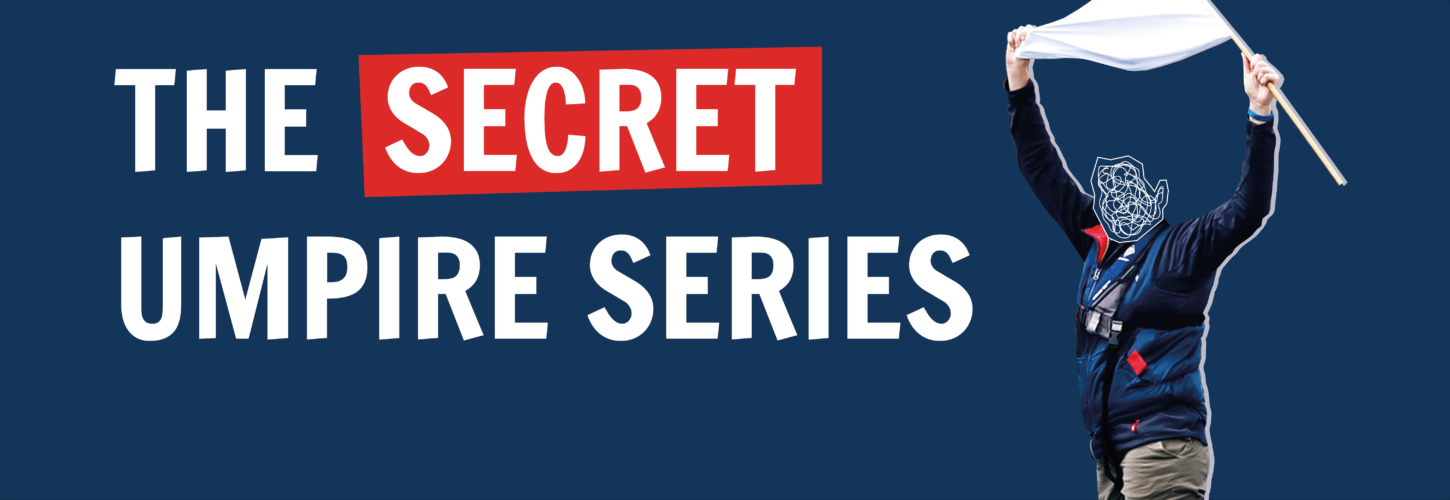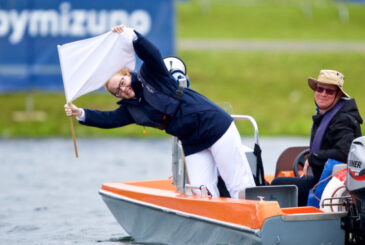We continue this series of articles on the application of the Rules of Racing and their significance to the rowing community by looking at the interference rule
The Rules of Racing state that interference is “conduct by a crew which impedes the legitimate progress of an opponent who is on their proper course”. Eighteen words of power and perhaps a little mystery too, for ‘interference’ is less clear-cut than some offences against fairness, but is one of the most often seen.
Let us start with what it is not.
Interference is definitely not the same thing as contact – any contact between crews is certainly forbidden (while racing anyway), but is covered elsewhere in the rules of Racing. Nor does the impeding conduct referred to extend as far as the garish leggings worn by your opponents, off-putting though they may be.
No, what we mean here is rowing activity by them that makes it harder for you, dear rower, to go as fast as you want.
Having taken a handy lead, it is NOT necessary to pull in front of them and bring on that sensation of rowing over cobbles
What might this look like to the Secret Umpire in the launch or on the bank?
It might be blades overlapping – it is quite remarkable how sets of long thin things can operate in caterpillar motion and NOT touch each other. Even with the best of focus, the blades of the victim-crew are affected by the disturbed water caused by the offenders.
Imagine my little face as the competitors are drawn together by hydrodynamics, as much as by lack of good steering. Much waving of flags and bellowing will ensue, and I will be taking a note of how much difference I think has been made to the outcome. I can, after all, change the result if I think the interference was sufficiently egregious.
Or… interference can also be washing down a crew. Having taken a handy lead, it is NOT necessary to pull in front of them and bring on that sensation of rowing over cobbles.
Again, I will be trying to ensure that the leading crew returns to its own, peaceful piece of water, allowing the victims to mount their inevitable comeback. Or give them that opportunity anyway. Again, I will be making a note of how much difference I think this activity was worth and will be applying it to the final result.
A little more subtlety in my final example, interfering from behind.
In most cases the influence of a following crew can be ignored – the leading crew should hold its line and ignore where the others might choose to go or how they row. HOWEVER, if the offenders are close enough to cause a legitimate fear of a clash of blades with their bow, or if their hull is close enough to your stern to ‘drag’ on it, then I shall be intervening with gusto.
In summary then, if you can hold your course, I will seek to protect you from the effects of the wanderings of others, and if you have been held back, I have the power to make it right on the finish.
Next Secret Umpire article: The foul rule >>
Find out more about umpiring
Have you considered umpiring?
We are always looking for new recruits to replace those who step down. You can still umpire and race/coach at the same time, as many of our community still do. The minimum requirement is just three separate days and 12 hours per year.
If you are interested, then please contact the National Umpiring Committee. We will then direct you to your regional umpiring committee for training.
You will be warmly welcomed!










